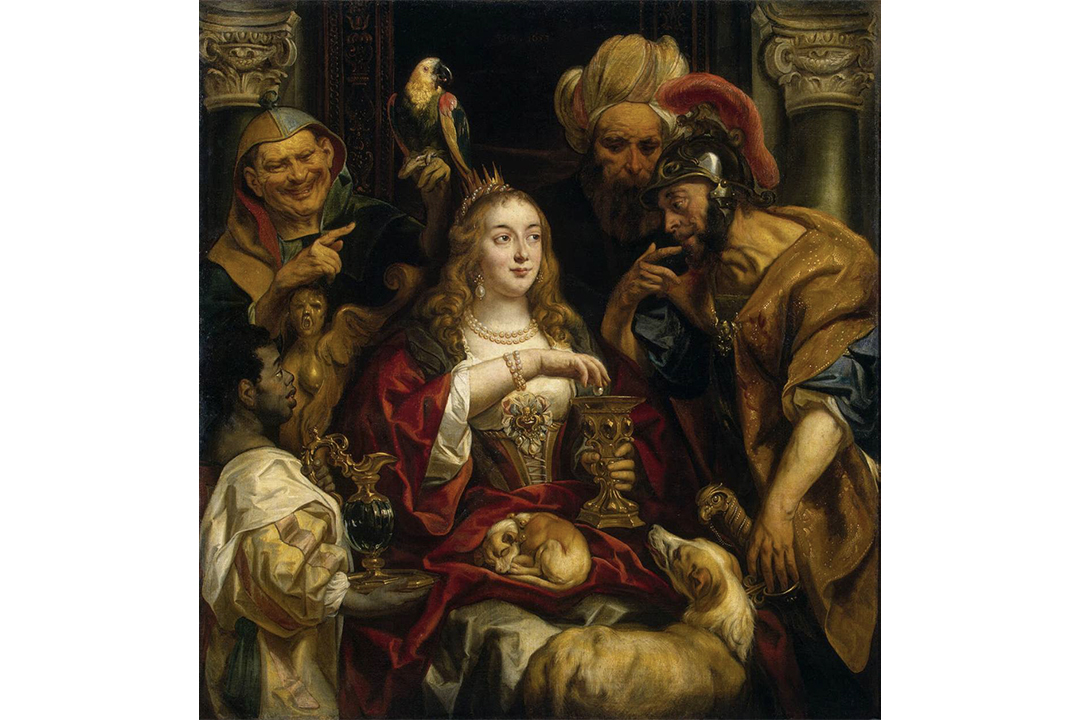Throughout history, Cleopatra, the renowned queen of ancient Egypt, has inspired and intrigued scholars and enthusiasts alike. Her intelligence and beguiling character have kept us captivated even to this day. Among the many alluring stories and legends about her, one tale stands out: the accounts of her drinking a pearl dissolved in vinegar.
Scholars have historically been eager to ascertain the validity of this account. The earliest references to Cleopatra’s pearl and vinegar concoction can be found in the works of Roman writers such as Pliny the Elder and Horace. While Pliny’s 1469 book Natural History references the famous beverage, Adolf Wilhelm Theodor Stahr, in his 1864 biography of Cleopatra, dismisses the phenomenon as a mere “legend.”
Other critics of this ancient account have also dismissed it as fantasy. Harris Rackham, a translator of Pliny’s works, emphatically declares in a footnote, “No such vinegar exists,” while Herbert Newton Wethered remarks in his book The Mind of the Ancient World: A Consideration of Pliny’s Natural History that “pearls do not dissolve in ordinary vinegar.” These views have cast skepticism on the veracity of the story. Hence, the legend of Cleopatra’s pearls had been veiled in ambiguity for some time, requiring scientific inquiry to probe its possibility.
In recent years, scientific experiments have demonstrated that dissolving pearls in vinegar is possible, suggesting that the ancient story of Cleopatra’s pearl could be true. The key lies in understanding the chemical reaction between pearls and vinegar.
When exposed to acetic acid (CH3COOH), the primary component of vinegar, pearls — primarily calcium carbonate (CaCO3) — undergo an acid-base reaction. The calcium carbonate neutralizes the acetic acid in vinegar.
The chemical reaction can be represented as follows:
CaCO3 (in pearls) + 2CH3COOH (in vinegar) → Ca2+ + 2CH3COO– + H2O + CO2
When a pearl is immersed in vinegar, the acetic acid of the vinegar reacts with the calcium carbonate of the pearl, resulting in the formation of calcium ion (Ca2+), calcium acetate ion (CH3COO–), water (H2O), and carbon dioxide (CO2). The presence of carbon dioxide creates bubbles in the cocktail. This process leads to the dissolution of the pearl into calcium and carbon dioxide, corroborating the descriptions found in classical texts.
In contrast to Wethered’s suggestion that only a special type of vinegar could dissolve pearls, Associate Professor Prudence Jones at Montclair State University has found that vinegar made from wine — usually containing between five and 10 per cent acetic acid — has the optimal concentration to dissolve pearls.
By studying the chemistry behind Cleopatra’s renowned cocktail and carrying out experiments, we are able to confirm the chemical possibility of Pliny’s ancient account and appreciate this convergence of science, chemistry, culture, and history.
Cleopatra’s story continues to captivate our imagination, reminding us of the remarkable achievements and the quirky scientific curiosities of civilizations long past, and how these curiosities can be confirmed and recreated today.



No comments to display.